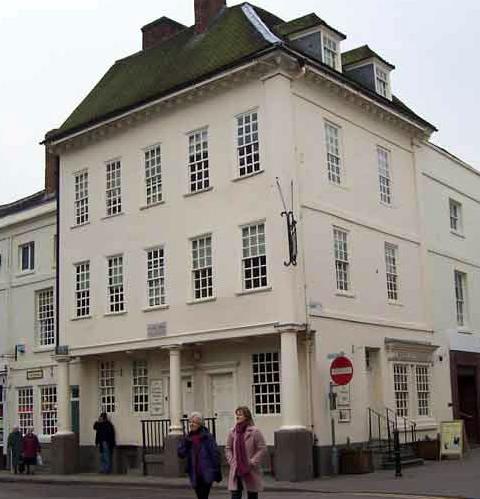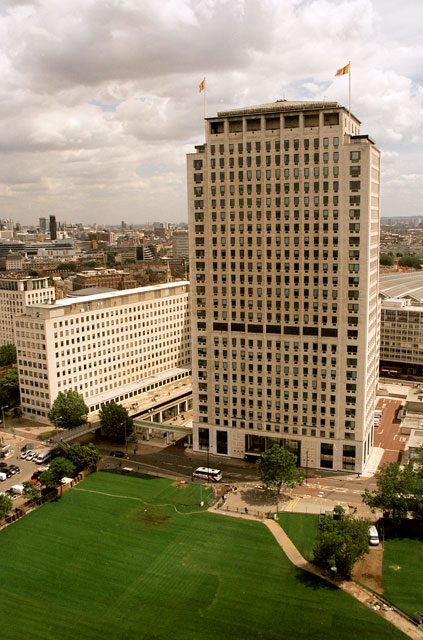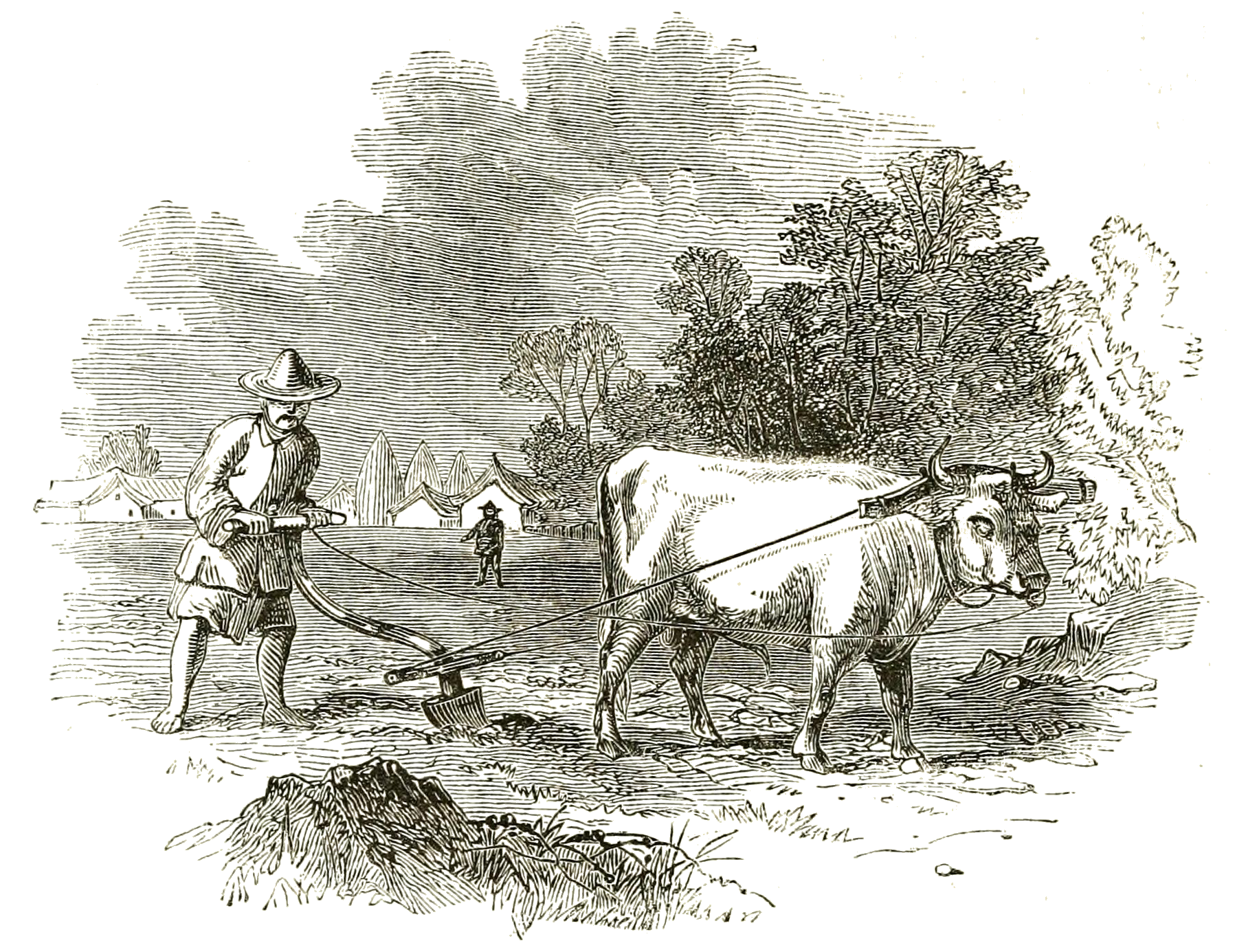|
1750
Various sources, including the Intergovernmental Panel on Climate Change, use the year 1750 as a baseline year for the end of the pre-industrial era. Events January–March * January 13 – The Treaty of Madrid between Spain and Portugal authorizes a larger Brazil than had the Treaty of Tordesillas of 1494, which originally established the boundaries of the Portuguese and Spanish territories in South America. * January 24 – A fire in Istanbul destroys 10,000 homes. * February 15 – After Spain and Portugal agree that the Uruguay River will be the boundary line between the two kingdoms' territory in South America, the Spanish Governor orders the Jesuits to vacate seven Indian missions along the river (San Angel, San Nicolas, San Luis, San Lorenzo, San Miguel, San Juan and San Borja). * March 5 – The Murray-Kean Company, a troupe of actors from Philadelphia, gives the first performance of a play announced in advance in a newspaper, presenting ... [...More Info...] [...Related Items...] OR: [Wikipedia] [Google] [Baidu] |
Treaty Of Madrid (13 January 1750)
The Spanish–Portuguese treaty of 1750 or Treaty of Madrid was a document signed in the Spanish capital by Ferdinand VI of Spain and John V of Portugal on 13 January 1750. The agreement aimed to end armed conflict over a border dispute between the Spanish and Portuguese empires in South America South America is a continent entirely in the Western Hemisphere and mostly in the Southern Hemisphere, with a relatively small portion in the Northern Hemisphere at the northern tip of the continent. It can also be described as the souther ... in the vicinity of the Uruguay River, an area known as the Banda Oriental (now comprising parts of Uruguay, Argentina and the state of Rio Grande do Sul, Brazil). The treaty established borders between the Spanish and Portuguese empires, ceding much of what is today's Brazil to the Portuguese. Background :''See also Spanish–Portuguese War (1735–37)'' Earlier treaties such as the Treaty of Tordesillas and the Treaty of Zaragoza aut ... [...More Info...] [...Related Items...] OR: [Wikipedia] [Google] [Baidu] |
The Rambler
''The Rambler'' was a periodical (strictly, a series of short papers) by Samuel Johnson. Description ''The Rambler'' was published on Tuesdays and Saturdays from 1750 to 1752 and totals 208 articles. It was Johnson's most consistent and sustained work in the English language. Though similar in name to preceding publications such as ''The Spectator'' and '' The Tatler'', Johnson made his periodical unique by using a style of prose which differed from that of the time period. The most popular publications of the day were written in the common or colloquial language of the people whereas ''The Rambler'' was written in elevated prose. As was then common for the type of publication, the subject matter was confined only to the imagination of the author (and the sale of the publication); typically, however, ''The Rambler'' discussed subjects such as morality, literature, society, politics, and religion. Johnson included quotes and ideas in his publication from Renaissance humanists such ... [...More Info...] [...Related Items...] OR: [Wikipedia] [Google] [Baidu] |
Thomas Walker (explorer)
Thomas Walker (January 25, 1715 – November 9, 1794) was a physician, planter and explorer in colonial Virginia who served multiple terms in the Virginia General Assembly, and whose descendants also had political careers. Walker explored Western Colony of Virginia (present day Kentucky) in 1750, 19 years before the arrival of Daniel Boone. Early and family life and education Thomas Walker was born at "Rye Field", Walkerton, King and Queen County, Virginia. He was raised as an Englishman in the Tidewater region of Virginia. Walker's first profession was that of a physician; he had attended the College of William and Mary and studied under his brother-in-law Dr. George Gilmer. Walker married Mildred Thornton (widow of Nicholas Meriwether) in 1741, and acquired land and enslaved people in the soon-to be formed Albemarle County from her late husband's estate. The new couple built a home known as Castle Hill and had 12 children. They in turn would later become prominent Albe ... [...More Info...] [...Related Items...] OR: [Wikipedia] [Google] [Baidu] |
Samuel Johnson
Samuel Johnson (18 September 1709 – 13 December 1784), often called Dr Johnson, was an English writer who made lasting contributions as a poet, playwright, essayist, moralist, critic, biographer, editor and lexicographer. The ''Oxford Dictionary of National Biography'' calls him "arguably the most distinguished man of letters in English history". Born in Lichfield, Staffordshire, he attended Pembroke College, Oxford until lack of funds forced him to leave. After working as a teacher, he moved to London and began writing for ''The Gentleman's Magazine''. Early works include '' Life of Mr Richard Savage'', the poems ''London'' and '' The Vanity of Human Wishes'' and the play ''Irene''. After nine years' effort, Johnson's '' A Dictionary of the English Language'' appeared in 1755, and was acclaimed as "one of the greatest single achievements of scholarship". Later work included essays, an annotated ''The Plays of William Shakespeare'', and the apologue '' The History of ... [...More Info...] [...Related Items...] OR: [Wikipedia] [Google] [Baidu] |
Treaty Of Tordesillas
The Treaty of Tordesillas, ; pt, Tratado de Tordesilhas . signed in Tordesillas, Spain on 7 June 1494, and authenticated in Setúbal, Portugal, divided the newly discovered lands outside Europe between the Portuguese Empire and the Spanish Empire ( Crown of Castile), along a meridian 370 leagues west of the Cape Verde islands, off the west coast of Africa. That line of demarcation was about halfway between the Cape Verde islands (already Portuguese) and the islands entered by Christopher Columbus on his first voyage (claimed for Castile and León), named in the treaty as Cipangu and Antillia (Cuba and Hispaniola). The lands to the east would belong to Portugal and the lands to the west to Castile, modifying an earlier division proposed by Pope Alexander VI. The treaty was signed by Spain, , and by Portugal, . The other side of the world was divided a few decades later by the Treaty of Zaragoza, signed on , which specified the antimeridian to the line of demarcation specifi ... [...More Info...] [...Related Items...] OR: [Wikipedia] [Google] [Baidu] |
Alagumuthu
Maveeran Alagumuthu Kone (11 July 1710 – 19 July 1759), from Kattalankulam in Thoothukudi District, was an Indian polygar who revolted against the British presence. In Tamil Nadu he waged a war against the Presidency armies from 1750 - 1759. Alagumuthukon was the first freedom fighter in India. Born into a Konar family, he became a military leader in the town of Ettayapuram and ruler of Kattalangulam, As military commander of Ettayapuram army. Chinna Alagumuthukone born in 1729. After the death of his father in 1750, the same year Alagumuthukone was crowned king. In 1750, the British warned the Kattalangulam and Ettayapuram Palayam to pay taxes. Alagumuthukone was furious with the report of the British. A consultative committee was held in Ettayapuram palace under the leadership of Jegaveerarama Ettappar, Chinna Alagumuthu Kone Chinna may refer to: * Earl "Chinna" Smith (born 1955), Jamaican guitarist * Chinna, Dalmatia, an ancient Illyrian settlement * ''Chinna ... [...More Info...] [...Related Items...] OR: [Wikipedia] [Google] [Baidu] |
Cumberland Gap
The Cumberland Gap is a pass through the long ridge of the Cumberland Mountains, within the Appalachian Mountains, near the junction of the U.S. states of Kentucky, Virginia, and Tennessee. It is famous in American colonial history for its role as a key passageway through the lower central Appalachians. Long used by Native American nations, the Cumberland Gap was brought to the attention of settlers in 1750 by Thomas Walker, a Virginia physician and explorer. The path was used by a team of frontiersmen led by Daniel Boone, making it accessible to pioneers who used it to journey into the western frontiers of Kentucky and Tennessee. It was an important part of the Wilderness Road and is now part of the Cumberland Gap National Historical Park. Geography The Cumberland Gap is one of many passes in the Appalachian Mountains, but the only one in the continuous Cumberland Mountain ridgeline. It lies within Cumberland Gap National Historical Park and is located on the bo ... [...More Info...] [...Related Items...] OR: [Wikipedia] [Google] [Baidu] |
Portugal
Portugal, officially the Portuguese Republic, In recognized minority languages of Portugal: :* mwl, República Pertuesa is a country located on the Iberian Peninsula, in Southwestern Europe, and whose territory also includes the Macaronesian archipelagos of the Azores and Madeira. It features the westernmost point in continental Europe, its mainland west and south border with the North Atlantic Ocean and in the north and east, the Portugal-Spain border, constitutes the longest uninterrupted border-line in the European Union. Its archipelagos form two autonomous regions with their own regional governments. On the mainland, Alentejo region occupies the biggest area but is one of the least densely populated regions of Europe. Lisbon is the capital and largest city by population, being also the main spot for tourists alongside Porto, the Algarve and Madeira. One of the oldest countries in Europe, its territory has been continuously settled and fought over since prehistoric tim ... [...More Info...] [...Related Items...] OR: [Wikipedia] [Google] [Baidu] |
British Company
The United Kingdom of Great Britain and Northern Ireland, commonly known as the United Kingdom (UK or U.K.) or Britain, is a sovereign country located off the northwestern coast of the European mainland. It includes the island of Great Britain, the northeastern part of the island of Ireland, and many smaller islands. The United Kingdom consists of four constituent countries: England, Scotland, Wales and Northern Ireland. The United Kingdom is a highly developed country with a market-orientated economy and is a member of the Group of 7 (formerly G8) leading industrialised countries. It is the sixth-largest national economy in the world measured by nominal gross domestic product (GDP), ninth-largest by purchasing power parity (PPP) and twenty first-largest by GDP per capita. In 2017, the UK was the eleventh-largest goods exporter in the world and the eighth-largest goods importer. It also had the second-largest inward foreign direct investment, and the third-largest outwa ... [...More Info...] [...Related Items...] OR: [Wikipedia] [Google] [Baidu] |
Pre-industrial Society
Pre-industrial society refers to social attributes and forums of political and cultural organization that were prevalent before the advent of the Industrial Revolution, which occurred from 1750 to 1850. ''Pre-industrial'' refers to a time before there were machines and tools to help perform tasks ''en masse''. Pre-industrial civilization dates back to centuries ago, but the main era known as the pre-industrial society occurred right before the industrial society. Pre-Industrial societies vary from region to region depending on the culture of a given area or history of social and political life. Europe was known for its feudal system and the Italian Renaissance. The term "pre-industrial" is also used as a benchmark for environmental conditions before the development of industrial society: for example, the Paris Agreement on Climate Change, adopted in Paris on 12 December 2015 and in force from 4 November 2016, "aims to limit global warming to well below 2, preferably to 1.5 degr ... [...More Info...] [...Related Items...] OR: [Wikipedia] [Google] [Baidu] |
Brazil
Brazil ( pt, Brasil; ), officially the Federative Republic of Brazil (Portuguese: ), is the largest country in both South America and Latin America. At and with over 217 million people, Brazil is the world's fifth-largest country by area and the seventh most populous. Its capital is Brasília, and its most populous city is São Paulo. The federation is composed of the union of the 26 states and the Federal District. It is the largest country to have Portuguese as an official language and the only one in the Americas; one of the most multicultural and ethnically diverse nations, due to over a century of mass immigration from around the world; and the most populous Roman Catholic-majority country. Bounded by the Atlantic Ocean on the east, Brazil has a coastline of . It borders all other countries and territories in South America except Ecuador and Chile and covers roughly half of the continent's land area. Its Amazon basin includes a vast tropical forest, ho ... [...More Info...] [...Related Items...] OR: [Wikipedia] [Google] [Baidu] |
Istanbul
Istanbul ( , ; tr, İstanbul ), formerly known as Constantinople ( grc-gre, Κωνσταντινούπολις; la, Constantinopolis), is the List of largest cities and towns in Turkey, largest city in Turkey, serving as the country's economic, cultural and historic hub. The city straddles the Bosporus strait, lying in both Europe and Asia, and has a population of over 15 million residents, comprising 19% of the population of Turkey. Istanbul is the list of European cities by population within city limits, most populous European city, and the world's List of largest cities, 15th-largest city. The city was founded as Byzantium ( grc-gre, Βυζάντιον, ) in the 7th century BCE by Ancient Greece, Greek settlers from Megara. In 330 CE, the Roman emperor Constantine the Great made it his imperial capital, renaming it first as New Rome ( grc-gre, Νέα Ῥώμη, ; la, Nova Roma) and then as Constantinople () after himself. The city grew in size and influence, eventually becom ... [...More Info...] [...Related Items...] OR: [Wikipedia] [Google] [Baidu] |







